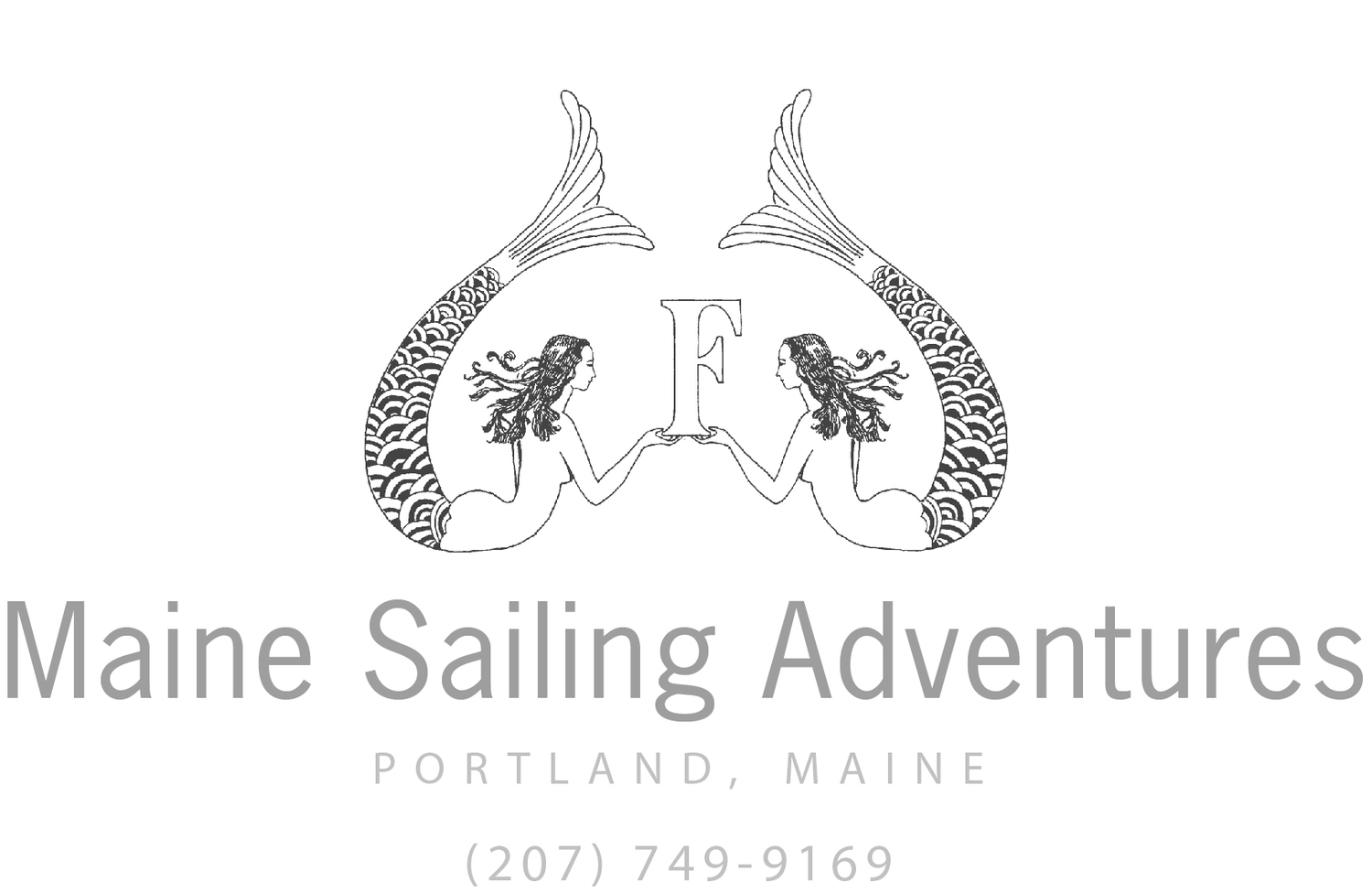ROOTS
To understand why we sail is to understand where we came from.
On a cold December day, with a storm that brought wind from the east, I drove my rusty old Saab up onto the Vinalhaven ferry. Time would reveal that this would be the last vessel to run for a couple of days. On island was where we would pace through the weather. That day, driving up the coast, I had the excitement that can only be brought by anticipation of seeing a place for the first time.
The island is enchanting. Summer, winter. The friend I traveled with had grown up there. We scraped the sea ice off the windshield and headlights when we reached the other side and made our way into the town for provisions. On our way out to the point we stopped by his friend's boat shop, an older man who had spent a lifetime mastering the skill of building traditional Maine peapods.
Out of the little gold car popped two messes of sandy blonde hair, a set of sea green eyes and a set of the darkest of brown eyes. Phil Dyer had known Hasket since he was a child. They were two of a kind, both boat builders. Hasket introduced me as his new sailor friend, and we spent the next couple of hours admiring Phil's projects, his drawings, his beautiful hand tools he used for his craft.
After the visit we carried on to the point to make dinner. By the late hours of the evening the profile of a sailing hull had been drawn. Hasket continued to work into the early hours of the morning as I slept. Thick lead pencils and any sort of paper he could find. A set of ships curves found in a drawer, straight strips of kindling used for battens. This was the first time I was introduced to Frances. The first mathematical form of her was born on this island.
It is truth that Hasket appreciated the look of the boat as young as the age of eight. The earliest dated piece of her is a painting he did when he was just this age. As a teenager, as a young man, he continued to draw her in sketchbooks, on scrap paper. She was in his dreams. He would position his life and his time in such a way that he would learn how to build her.
That Frances has massive historic significance on the Portland waterfront is without question. She is built in the spirit of working vessels that would have sailed out of Portland Harbor between 1790 and 1820. Her design precedes the schooner, or any sort of pleasure yacht for that matter. She is British inspired and her gaff cutter rig very impressive off the water. She represents a time when there would have been a hundred vessels like her anchored in our protected harbor. She is a very special piece of our landscape in this time. This vessel may have been forgotten to Portland if it were not for this young boat builder and his connection to the past.
Hasket Derby Hildreth was named for his forefather Elias Hasket Derby of Salem, Massachusetts. Elias Hasket was born in 1739. The Derby family owned privateers, grand sleek gun carrying ships. In times of war these vessels would overtake and seize foreign enemy trading ships and any other ship of war. The Grand Turk, the Derby privateer, was most successful at this; between 1791 and 1792 she gained seventeen prizes before the Revolutionary War was over. These privateers, including the 300 gross ton Grand Turk, were outfitted as sea going cargo vessels after the war. The Grand Turk became the first New England vessel to trade directly with China. The Derby's have salt for roots.
Hasket had a true connection with self that I will always admire. He paid homage to his dreams. This vessel is a reminder to us all to stay true to our own.
Dusk, before launch 2017

